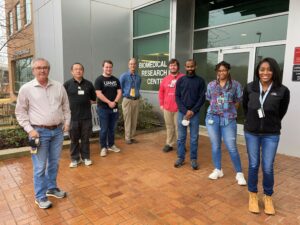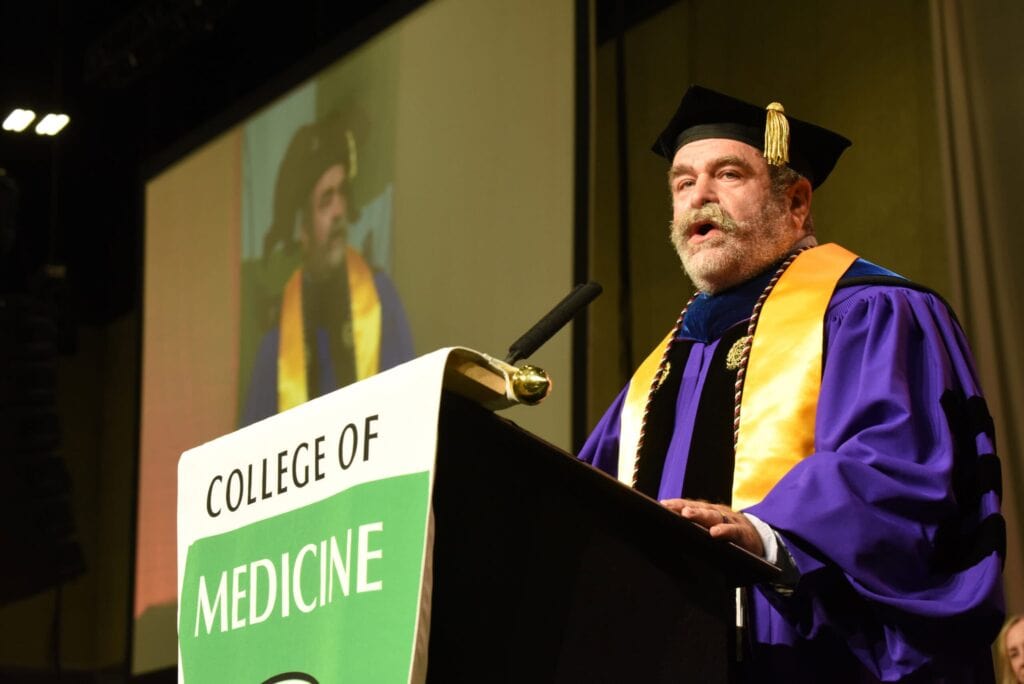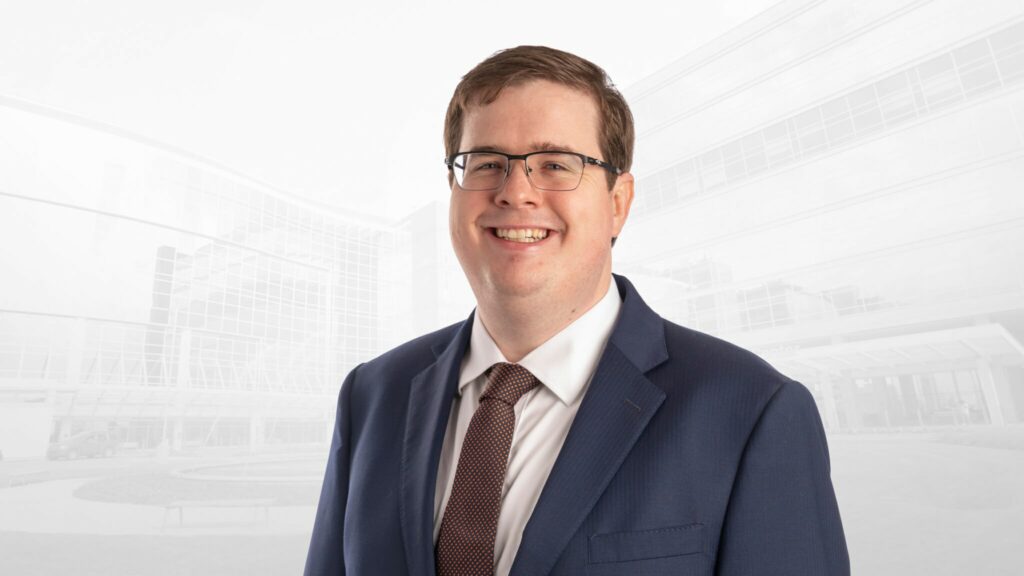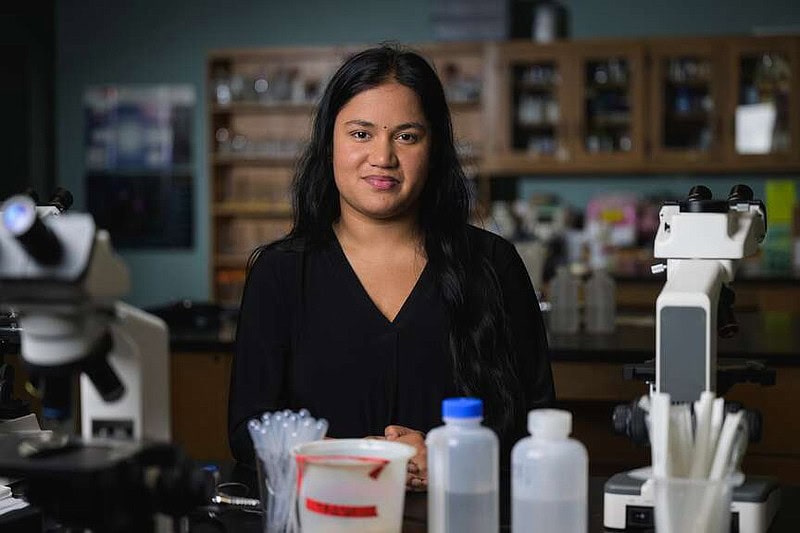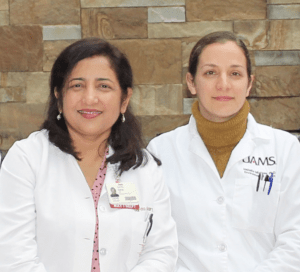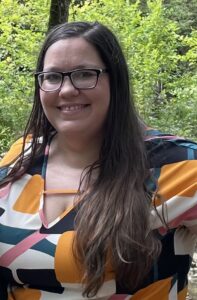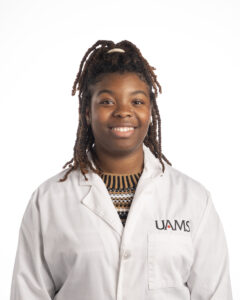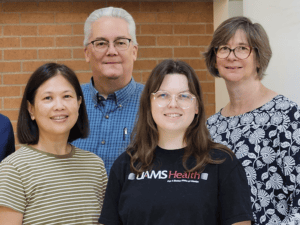
Laboratory horror stories: Poison in the agars.
Davidson MK, Protacio RU, Helmlinger D, Wahls WP.
bioRxiv [Preprint]. 2024
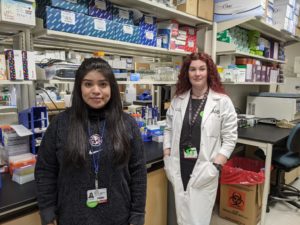
Long-read sequencing for brain tumors.
Shelton WJ, Zandpazandi S, Nix JS, Gokden M, Bauer M, Ryan KR, Wardell CP, Vaske OM, Rodriguez A.
Front Oncol. 2024
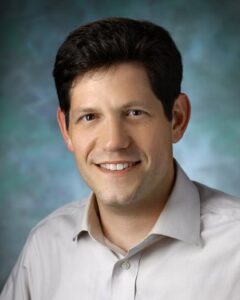
Molecular insight into interactions between the Taf14, Yng1 and Sas3 subunits of the NuA3 complex.
Nguyen MC, Rostamian H, Raman A, Wei P, Becht DC, Erbse AH, Klein BJ, Gilbert TM, Zhang G, Blanco MA, Strahl BD, Taverna SD, Kutateladze TG.
Nat Commun. 2024
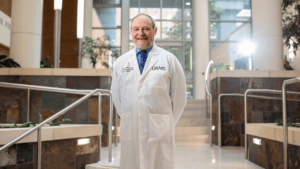
Metabolically active neutrophils represent a permissive niche for Mycobacterium tuberculosis.
Tucker Andrews J, Zhang Z, Krishna Prasad GVR, Huey F, Nazarova EV, Wang J, Ranaraja A, Weinkopff T, Li LX, Mu S, Birrer MJ, Ching-Cheng Huang S, Zhang N, Argüello RJ, Philips JA, Mattila JT, Huang L.
Mucosal Immunol. 2024
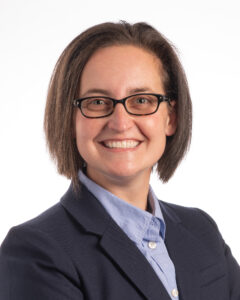
An ex vivo human precision-cut lung slice platform provides insight into SARS-CoV-2 pathogenesis and antiviral drug efficacy.
Pechous RD, Malaviarachchi PA, Banerjee SK, Byrum SD, Alkam DH, Ghaffarieh A, Kurten RC, Kennedy JL, Zhang X.
J Virol. 2024

